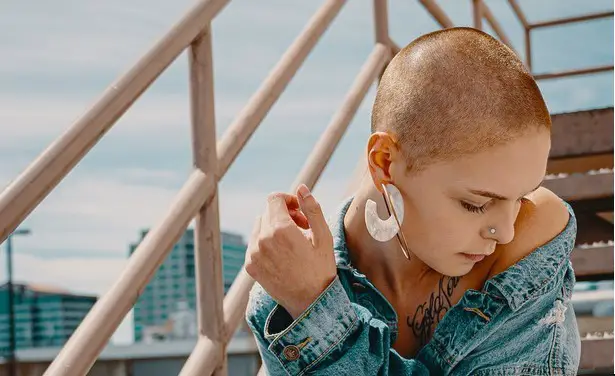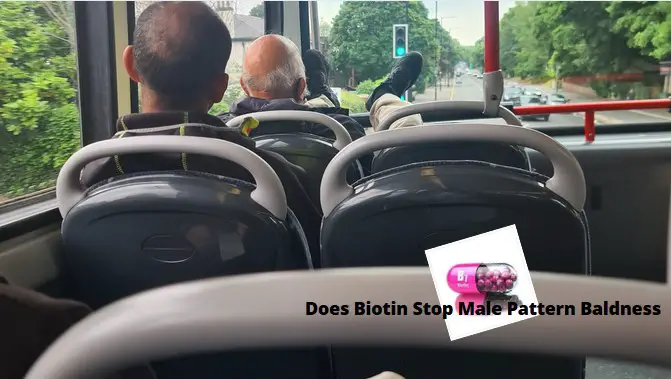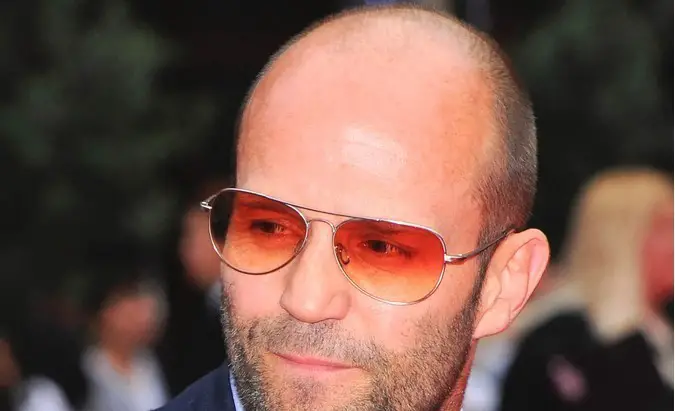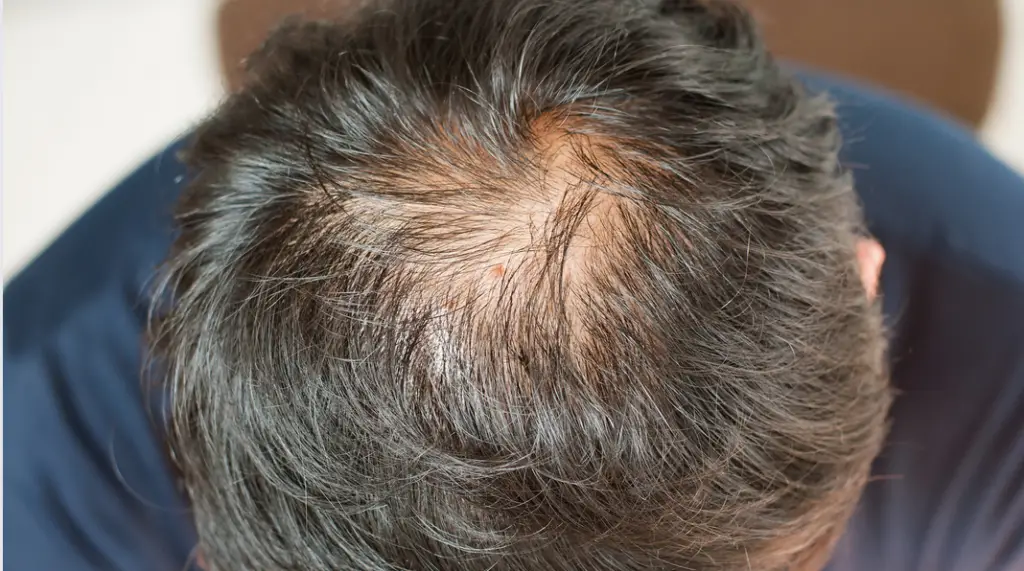Female pattern baldness refers to any condition characterized by baldness even young girls experience female pattern baldness in 20s and middle age women. It can be a result of genetic predisposition, sudden changes to the body hormonal system, or ageing.
While some types of female pattern hair loss are associated with post-menopausal in women, other types of female patten baldness affects and present themselves at the onset of puberty.
There are several possible medical treatments available for female pattern baldness stages, and numerous hairstyling techniques can be employed to mask its symptoms.
Unless female pattern hair loss is caused by a medical problem elsewhere in the body, it generally is not associated with any ill effects.
What Is Female Pattern Baldness?
Androgenetic alopecia is not exclusive to men, and can strike the fairer sex as well; though in lesser numbers. Female pattern baldness is likewise hereditary, but more commonly carries and a lesser incidence of receding hairline or balding crown than is common in men. Instead, women suffer a more diffuse hair thinning or evenly spread over the scalp while retaining their frontal hairlines. It is also more gradual and is often seasonally caused by hormonal changes, medication, and stress. Female pattern baldness can also reverse itself once these conditions are gone.
Related; female pattern hair loss success stories.
Can women who develop androgenetic alopecia have very rapid hair loss?
Yes possibly. Some women on the keratin.com web forum have reported initially developing telogen effluvium as diagnosed by their dermatologists. This was observed after chronic stress and/or childbirth.
In some cases, telogen effluvium can be a trigger for the onset of androgenetic alopecia. Some women have reported that diffuse hair loss due to telogen effluvium, developing over a time span of six months to a year, later became a permanent androgenetic alopecia type hair loss. These are anecdotal observations by just a few individuals, but they claim these diagnoses were made by their dermatologists.
Rapid onset androgenetic alopecia can occur in both men and women when abnormally high levels of testosterone are produced. This may occur in certain diseases including Polycystic ovary syndrome (PCOS) and ovary or adrenal gland tumors.
Rapid onset of a receding hairline type baldness in women was reported by Beek in 1950. He found this form of hair loss occurred after birth or miscarriage, first developing about 6 to 7 months after the event, but he claimed the hair loss was not permanent and normally recovered by 9 months. He distinguished this form of hair loss from diffuse hair loss due to pregnancy, which we would now describe as telogen effluvium.
What Causes Hair Loss in Women?
1. Androgenetic Alopecia
– Patterned hair loss common in men can also be found in women, but with a more diffused hair thinning. Women with the same hereditary patterned hair loss will frequently lose hair at the sides and crown but maintain their front hairline and rarely suffer complete baldness.
2. Hormonal changes
– Women suffer more cyclical changes in hormonal concentration that is often attributed to birth control, pregnancy and menopause. The most common of these is pregnancy, as this causes hormonal imbalance that can upset follicular activity. Contraceptives also upset hormonal balance to cause the same hair loss problems.
4. Ageing
– Diffuse hair loss is most prevalent after menopause.
5. Chemotherapy and Medication
– Hair loss due to chemotherapy is almost instant and can be complete with a week of treatment. Some form of potent prescribed medication against certain illness like thyroid medication, cholesterol lowering, high blood medication such as beta-blockers and “mood” medication such as Prozac and anti-depressants can also cause diffuse hair loss.
6. Hair Styling
– Braiding, dreadnoughts and other hairstyles that cause severe stress to hair roots can cause hair loss. This also include frequent use of strong hairstyling products like hair sprays, strong cleansing shampoos that dry the hair and scalp, as well as dying and bleaching.
7. Crash Diets
– Sudden nutritional deprivation caused by crash diets over prolonged periods can stave hair follicles to stunt normal hair production.
8. Scalp Infestation
– Localized hair loss in patches caused by scalp inflammation in lichen planus infestation can permanently damage follicles in different scalp area.
Baldness Diagnosis
Women who find inordinate amounts of hair strands clumped onto their hairbrushes that’s more than typical can be alarming and should occasion a visit to their dermatologists or doctors. There are diagnostic tests done to isolate the cause of hair loss, and the more common ones are the following:
•Hair Pull
–The doctors can pull some hair to check if they easily pull out. More than 3 hair strands easily pulled out indicate some underlying health problems
•Scalp Biopsy
– The doctor will remove a 4 mm section of scalp for microscopic examination to further narrow down the cause of hair loss.
•Blood Tests
– a CBC and a more thorough blood test with particular focus to ascertain anomic conditions, systemic lupus, VDRL for screening Syphilis and STD disorders as well as to determine irregular menstrual periods, infertility and hormonal content in the blood for possible appearance of secondary male sex traits, testosterone levels and prolactin levels.
Prevention
Preventing female pattern baldness hair loss can be just a matter of maintaining proper nutrition, exercise and body hygiene with emphasis on scalp hygiene as well as using gentler chemicals in hairstyling as well as sporting a more relaxed natural hairstyles. Hereditary patterned alopecia is genetic in nature and cannot be prevented, only controlled or delayed with any number of OTC cosmetic and pharmaceuticals in the market.
Curing Women’s Hair Loss
Everywhere you look online you will find promises of a treatment for female hair loss that is not remotely inconvenient, able to cure the entire problem and will not cost you almost anything out of pocket. While these may be nice dreams, the type of ‘treatments’ that are currently available are starting to go from ‘nice thought’ to almost ridiculous.
Aromatherapy
Examples, is aromatherapy. Many people are using aromatherapy now as a treatment for female hair loss. Aromatherapy does a lot of good when it comes to things like stress reduction or other issues that scent can solve, but unlike what many of these websites promise, there is simply no evidence that aromatherapy is going to stimulate hair growth, because it does nothing to treat the primary cause of hair loss.
Homemade remedies
Similarly, there are a number of homemade remedies that people are using as a treatment for female hair loss. In fact, there are entire recipes that involve a great deal of cooking but once you finish you take the ingredients and rub them on your scalp. Beyond what may end up becoming a very smelly attempt at treating your hair loss, it is highly unlikely you are going to see any results that you are going to be satisfied with.
Real Treatment for Female Hair Loss
When it comes to what will actually be effective at treating women’s hair loss, you need to look for something that actually tries to solve the underlying problem. Since women’s hair loss is generally caused by hormone changes and a lack of nutrition, it can be assumed that any viable treatment is going to be one that offers an alternative, either in the way the body creates hormones or in the way the body gets nutrition.
Natural supplement
Because of that, the ultimate solution is to use a natural supplement that offers up those nutrients in such a way that they go directly to the scalp, helping make the hair stronger and longer and giving in the nutrients it needs in order to grow back the way it was supposed to grow.
Only products like Divine Locks offer this type of treatment. And while they are not as unique as aromatherapy, Divine Locks is still completely safe and has side effects free, but is effective enough that you will actually be able to see a difference in whether or not you are able to grow hair on your scalp once again.
Other treatment
Because the hair loss in androgenetic alopecia is a result of an abnormality of the normal hair cycle, it is theoretically reversible. However, the current treatment options are limited in their action, and modest improvements in hair density are achievable only in some cases. Advanced androgenetic alopecia may not respond to treatment, because the inflammation that surrounds the bulge area of the follicle may have caused irreparable damage to the follicular stem cell. Some treatment regimens include:
Minoxidil for some balding people is the currently preferred treatment for androgenetic alopecia and is typically administered as 2 percent Minoxidil. The specific process by which Minoxidil works is unknown, but it appears to affect the hair follicle in three ways: it lengthens the time follicles spend in anagen, rouses catagen follicles, and enlarges the actual follicles.
- In consequence, vellus hairs expand and become terminal hairs, resulting in less shedding.
- Earlier, exogenous estrogen was used to treat androgenetic alopecia, but this treatment is used less often now, because of the efficacy of Minoxidil.
- Although Finasteride has been shown to be effective in men with alopecia. The agent should not be used in women of childbearing age, because 5a-reductase inhibitors may cause abnormalities of the external genitalia in the male fetus. Additionally, finasteride has not been shown to be useful in postmenopausal women with androgenetic alopecia.
- Hairstyling, teasing, coloring, permanents, and the use of hair spray are means of coping with the cosmetic effects of androgenetic alopecia. When hair loss is extensive, wigs may be worn.
- Hair transplantation, an accepted treatment for male balding, is increasingly being used in female hair loss, but the expense and trauma involved results in only a small minority of women going in for this avenue of treatment.
- Surgery is most suited to those women in whom hair loss is limited in extent and in women whom medical treatment has been ineffective.
Conclusion
Female pattern baldness is most likely a multifactorial genetic characteristic, with both androgen-dependent and androgen-independent pathways contributing to this particular kind of hair loss. Women’s hair loss is commonly characterized by thinning on the frontal and parietal scalps, with increased density on the occipital scalp. Unusual hair loss in women has been shown to have major negative consequences on self-esteem, psychological well-being, and body image, and it is critical that physicians treating patients with androgenetic alopecia are aware of these negative implications on quality of life.
Related Post
What Causes Temple Hair Loss In female
How To Hide Thinning Hair In The Front Woman
Female Pattern Hair Loss Success Stories
Female Pattern Baldness Picture
- AI Powered Bald Filter Online 2024: See Yourself with No Hair! - January 19, 2024
- Harklinikken Bad Reviews 2024: Analyzing Negative Feedbacks - January 18, 2024
- How to Get the Alex Eubank Hair | Step-By-Step Tutorial 2024 - January 18, 2024








